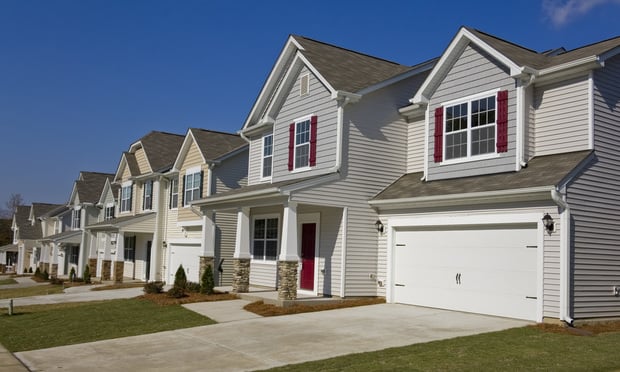As much of the US boils under an oppressive heat wave, discussions about climate change have yet again moved to the forefront. But despite rising concerns about climate impact, Americans appear to be increasingly opting for suburban "fringe" counties, where the average household carbon footprint is 18 percent higher than in more central regions.
"Housing is inextricably linked to the climate, and the way that we organize our cities has a profound impact on our carbon footprints. In densely populated urban areas – in which individuals occupy less space and are less reliant on cars – per-capita emissions are significantly lower than they are in the surrounding suburbs, where cars are typically the dominant commute mode and residents often bear long drives in traffic to access jobs in the city," researchers from Apartment List note in a new analysis. "Given this dynamic, it is crucial that we grow our nation's population centers in ways that prioritize dense, transit-oriented development. Unfortunately, the pandemic appears to be pushing us in the opposite direction."
They point to the rise of remote work, which has made proximity to the office less of a priority, and rising rents and home prices across the board as primary drivers of this trend.
Recommended For You
Want to continue reading?
Become a Free ALM Digital Reader.
Once you are an ALM Digital Member, you’ll receive:
- Breaking commercial real estate news and analysis, on-site and via our newsletters and custom alerts
- Educational webcasts, white papers, and ebooks from industry thought leaders
- Critical coverage of the property casualty insurance and financial advisory markets on our other ALM sites, PropertyCasualty360 and ThinkAdvisor
Already have an account? Sign In Now
*May exclude premium content© 2025 ALM Global, LLC, All Rights Reserved. Request academic re-use from www.copyright.com. All other uses, submit a request to [email protected]. For more information visit Asset & Logo Licensing.








